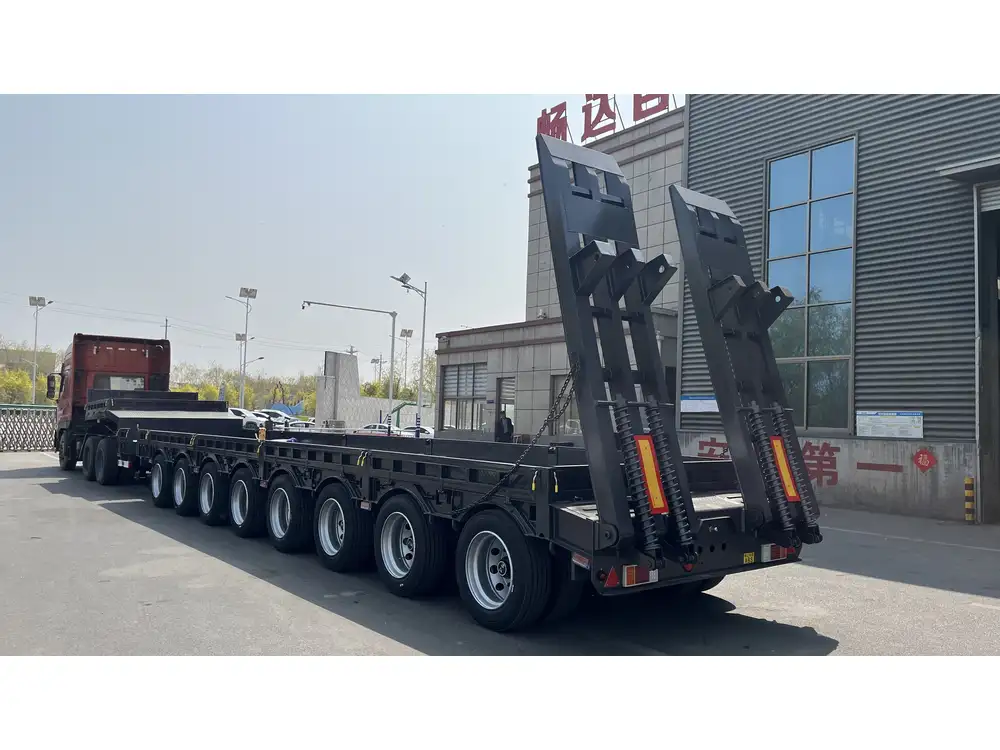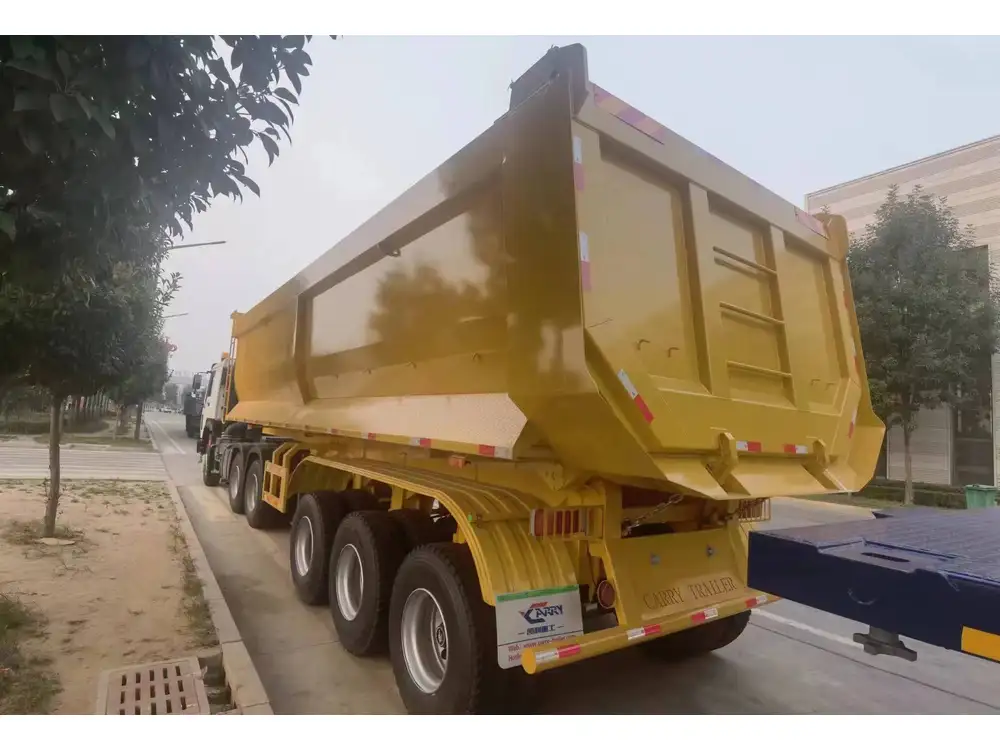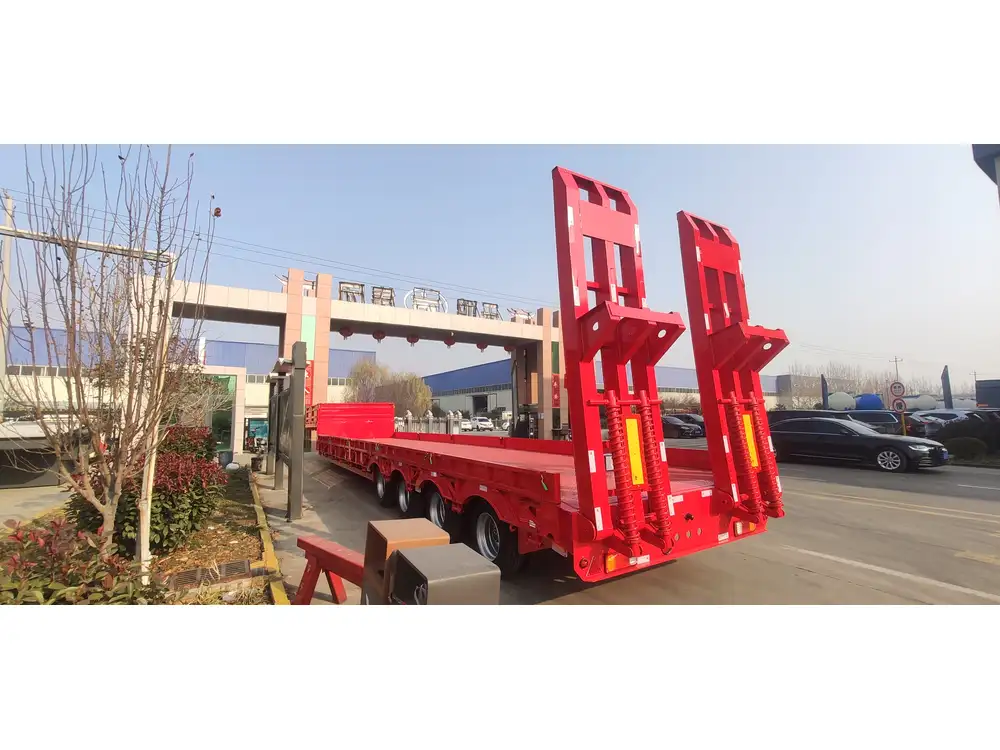Wiring a semi-truck to a gooseneck trailer can be an intricate process, but with the right guidance, you can achieve a successful and safe connection. This article provides a step-by-step guide on wiring, common pitfalls to avoid, and essential tips for maintaining proper electrical connections.
Understanding the Basics: Gooseneck Trailers and Semi Connections
Before diving into the wiring process, it’s essential to comprehend the function and components involved in connecting a semi-truck to a gooseneck trailer.
What is a Gooseneck Trailer?
A gooseneck trailer is characterized by its unique hitching mechanism that attaches to a ball mount located in the bed of a pickup truck or semi-truck. This design allows for greater stability, improved weight distribution, and enhanced maneuverability compared to conventional bumper pull trailers.
Advantages of Gooseneck Trailers:
| Advantage | Explanation |
|---|---|
| Enhanced Stability | Lower center of gravity due to the design. |
| Improved Weight Distribution | Shares load weight across the truck bed more evenly. |
| Maneuverability | Better turning radius and easier navigation. |

Wiring Components You Will Need
To successfully wire your semi to a gooseneck trailer, you’ll need specific wiring components. A thorough understanding of these parts will facilitate a smoother installation process.
Essential Wiring Components
7-Pole Connector: This is the standard connector for most trailers, allowing for various functions including lights and brakes.
Wiring Harness: Acts as the conduit for electrical connections from the semi to the trailer.
Battery Connection: Ensures that the trailer has power for its brakes and lights, often directly linked to the semi’s battery.
Circuit Breakers: Protects your wiring system from overloads.
Electrical Tape and Heat Shrink Tubing: Used for insulation and waterproofing connections.
Step-by-Step Wiring Process
Follow these steps to properly wire your semi-truck to a gooseneck trailer. Ensure you have the right tools on hand, including wire strippers, a multimeter, and preferably an assistant to help manage the wiring.

Step 1: Prepare Your Workspace
Begin by parking your semi in a well-lit, flat area to work comfortably. Ensure both the truck and trailer are securely positioned to prevent any movement during the wiring process.
Step 2: Identify the Wiring Configuration
Understand the wiring functions associated with each pin on the 7-pole connector. Here’s a breakdown:
| Pin Number | Function | Description |
|---|---|---|
| 1 | Ground | Connection to the frame of the trailer. |
| 2 | Tail Lights | Powers tail and marker lights. |
| 3 | Left Turn Signal | Activates left turn signal lights. |
| 4 | Right Turn Signal | Activates right turn signal lights. |
| 5 | Brake Lights | Powers brake lights when pedal is activated. |
| 6 | Reverse Lights | Powers reverse lights while in reverse. |
| 7 | Power Charge | Connects to the battery to charge the trailer. |
Ensure you have this wiring diagram accessible as you continue.
Step 3: Strip and Connect Wires
Strip the Wires: Begin by stripping each wire from the harness to expose about 1 inch of copper.
Connect the Wires: Using solder or wire connectors, attach the trailer wires to the corresponding wires on the semi. Refer to the pin diagram established earlier.
Secure Connections: Once connected, wrap each joint with electrical tape or use heat shrink tubing for added protection against moisture and dirt.

Step 4: Mount the Connector
Choose a Location: Select a mounting point on the semi where the 7-pole connector will remain protected from road debris.
Secure the Connector: Use bolts or screws to attach the connector firmly to the semi’s frame. Ensure it’s positioned to minimize the chance of snagging during turns or maneuvers.
Step 5: Testing the Connections
Before using the trailer, it’s crucial to test all electrical connections.
Ground Connection: Start with the ground wire by using a multimeter to confirm continuity between the trailer and the semi-truck frame.
Functional Test: With an assistant, check all lights and signals by activating them inside the semi and assessing the trailer’s responses.
Step 6: Finalize and Secure
After confirming that everything functions correctly, secure all wiring along the chassis of the semi with zip ties to prevent movement or tangling during transit.

Common Issues and Solutions
Despite thorough preparation and execution, issues may arise during the wiring process or when using the semi-gooseneck setup. Here are some common problems and effective solutions.
Problem 1: Lights Not Working
Solution:
- Double-check connectors for corrosion or breakage.
- Ensure all ground connections are intact.
- Use a multimeter to verify power at the connector.
Problem 2: Blown Fuses
Solution:
- Inspect circuit breakers and replace any that are blown.
- Check for short circuits in the wiring.

Problem 3: Inconsistent Power Supply
Solution:
- Ensure all connections are tight and free of rust.
- Check the battery output; weak batteries can cause inconsistent power flow.
Maintenance Tips for Wiring Systems
To prolong the life and efficiency of your semi-gooseneck wiring system, incorporating regular maintenance practices is essential.
Routine Inspections: Regularly check for frayed wires, corrosion, or loose connections. Make it a habit to inspect your wiring before heavy use or before long hauls.
Clean Connections: Clean all connector points periodically to prevent corrosion. Use a wire brush or multi-purpose cleaner designed for electrical connections.
Weatherproofing: Apply dielectric grease to connectors to repel moisture and prevent corrosion.
Documentation: Keep all wiring diagrams and maintenance logs to track repairs and inspections, ensuring that you always remain aware of your system’s health.
Conclusion
Wiring a semi-truck to a gooseneck trailer is an essential skill for those operating in the transport and logistics sector. By following this comprehensive guide, users can navigate the complexities of wiring with ease and confidence. From understanding the crucial wiring components to troubleshooting common issues, a well-wired semi-gooseneck connection will enhance the reliability and safety of transport activities.
Remember, regular maintenance and inspection of electrical systems are paramount to ensure long-term functionality, creating a seamless transition between your semi and gooseneck trailer. With these practices in place, you can rest assured that your setup will perform effectively, no matter the load.



